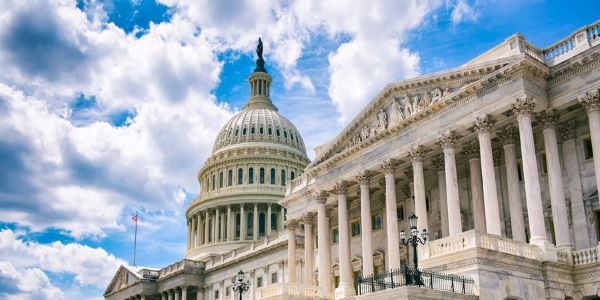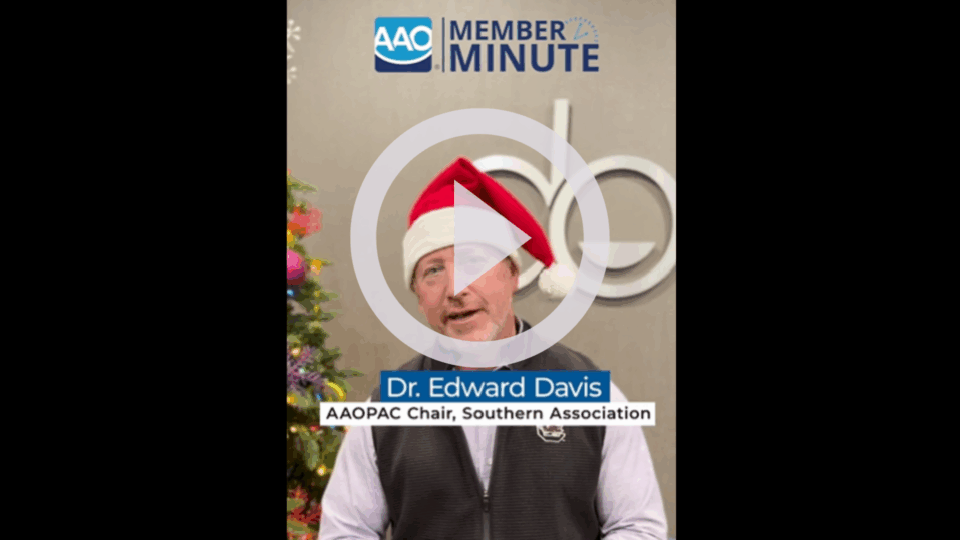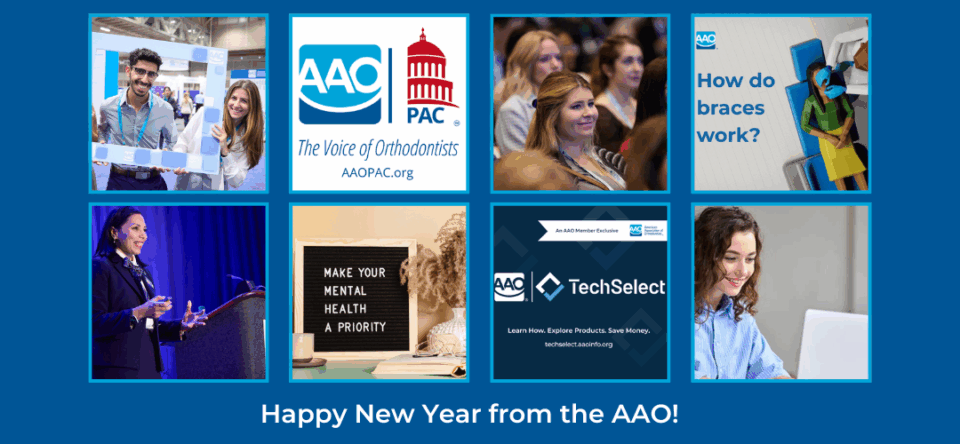Earlier this year, members in the United States and Canada responded to the 2025 AAO Economics of Orthodontics and Patient Census Survey, providing their practice data from 2024.
Key survey objectives included understanding how practice statistics and market conditions have changed since the study was last conducted (in 2023, for 2022 practice data), examining members’ future practice plans, understanding reasons and drivers for member salary changes and documenting historical trends where applicable. Survey data included many positive indicators.
All differences stated in the 2025 report are statistically significant at the 95% confidence level.* There were a total of 314 usable responses that reached the end of the survey. An additional 321 partial surveys completed at least some questions and were useable for the questions they completed. This yielded a total of 635 surveys (6.6% total participation rate): 570 in the United States (6.2%) and 45 in Canada (10.7%).
Respondent numbers of patients, exams and starts increased substantially from 2022 to an all-time high in 2024. The reported per-member patient number is the highest patient count recorded in the history of the Economics of Orthodontics and Patient Census Survey, which began in 1987.**
See details on these and other metrics below and in the 2025 AAO Economics and Patient Census Study report.
Per-Member Orthodontic Patient Count Reaches Record High (Slides 28, 29 and 32)
- The number of total patients in active treatment per member increased from 574 in 2022 to 696 in 2024.
- This marks the highest per-member patient count recorded in the history of the survey*, over 10% higher than the previous high of 628 in 2001.
- Based on the 9,554-member database of AAO Active and Life Active members, the estimated number of total patients in active treatment among members in the United States and Canada is approximately 6.66 million.
- The total estimated number of adult patients being treated in the United States by AAO members is approximately 1.91 million adults, up significantly from 1.64 million in 2022.
Orthodontists Increased Fees in 2024 (Slide 39)
- The majority of respondents increased their fees for both braces and clear aligners in 2024 when compared to 2023.
- Respondents who reported increases in starts (both for children and adult patients) were more likely to have increased their fees than those who did not report an increase.
AAO’s Find an Orthodontist Tool Is a Significant Source of Patient Exams and Starts (Slide 41)
- 24% of respondents include the AAO’s Find an Orthodontist tool at the consumer website when asking patients for their referral sources, up from 20% in 2022 and 17% in 2018.
- Based on the number of starts reported for 2024 and the percent of patients who were found by using the AAO’s “Find an Orthodontist” feature, an estimated 44,000 patients were examined and 28,000 patients started treatment with an AAO member after locating their orthodontist using the AAO’s “Find an Orthodontist” feature.
Orthodontist-Owned Practice Percentage Stabilizing (Slides 12 and 13)
- 68% of respondents reported being a practice owner, either solely or as a partner, down from 80% in 2018, but similar to 2022 (69%).
- The percentage of orthodontist-owned single/group practices has stabilized at 70%, after a previous decline from 91% in 2014 to 80% in 2018 and 71% in 2022.
- 60% of respondents under age 35 reported being an employee. No other age group was greater than 31% in an employee role.
- Female respondents were much more likely to join a Dental Service Organization or Orthodontic Service Organization as their first career opportunity (47%) than male respondents (20%). Younger respondents were much more likely to join a DSO/OSO as their first career opportunity than older respondents.
Orthodontist Salaries Are Increasing (Slides 17-22 and 28)
- Overall, 40% of respondents saw their salary increase in 2024 compared to 2023, including 8% who reported a 10% or greater increase. The average reported salary increased 16% compared to the 2022 Survey.
- Among those who reported a significant salary increase, the most common drivers were organic or unspecified growth (40%), a relatively new practice growing (20%), and expanding a practice (20%).
- The peak salary for respondents was from those aged 45-54 with 37% earning more than $500,000 per year and 36% earning less than $300,000.
- Nearly two-thirds of respondents are paid via an annual salary. Per Diem Rate and “Other Expenses Paid Via the Practice” are the next most popular forms of compensation with about a quarter of respondents for each.
- Female respondents were more likely to be paid per diem (39%) than male respondents (19%). Respondents under the age of 35 were also much more likely to be paid per diem (59%) than those age 35 or older (20%).
- There is a positive correlation between number of active patients and salary.
Staffing Challenges Appear to Be Easing (Slides 15 and 25)
- In 2024, the average number of employees in AAO member practices was 11 full-time and 2 part-time staff. This is up from 9 full-time employees in 2022, but it aligns with the 2018 survey which indicated 11 full-time employees.
- Respondents had an average of 10% of staff leave their practice in 2024. This is down from 12% in 2022.
- 40% of respondents had less than 1% of staff leave their practice, down slightly from 43% in 2022. Canadian respondents had fewer employees leave their practice on average (6%) than respondents from the US (10%).
Student Loan Debt Continues to Increase (Slide 26)
- The average student loan debt for all respondents at end of residency (regardless of age/time since graduation) was $239,000, an increase of $48,000 (25%) compared to 2022 and $70,000 (41%) compared to 2018.
- Student loan debt at end of residency is strongly correlated by age which is logical given the rising cost of education over time. The average debt for respondents under the age of 35 is $344,000, an increase of $42,000 compared to 2022.
- The current average student loan debt outstanding for all respondents is $122,000 (up $36,000 from 2022) with 41% of respondents having student loan debt outstanding.
* All differences stated in the 2025 report are statistically significant at the 95% confidence level. The precision of each question varies based on the number of responses, but ranges from ± 2.70% for questions with the most responses to ± 9.90% for questions with the fewest responses.
** Every two years since 1987, the AAO Economics of Orthodontics and Patient Census Survey has requested information from practicing members in the United States and Canada regarding changes in their practices. There was one exception: Due to the COVID-19 pandemic, the 2021 survey that would have requested member practice data from 2020 did not take place.



